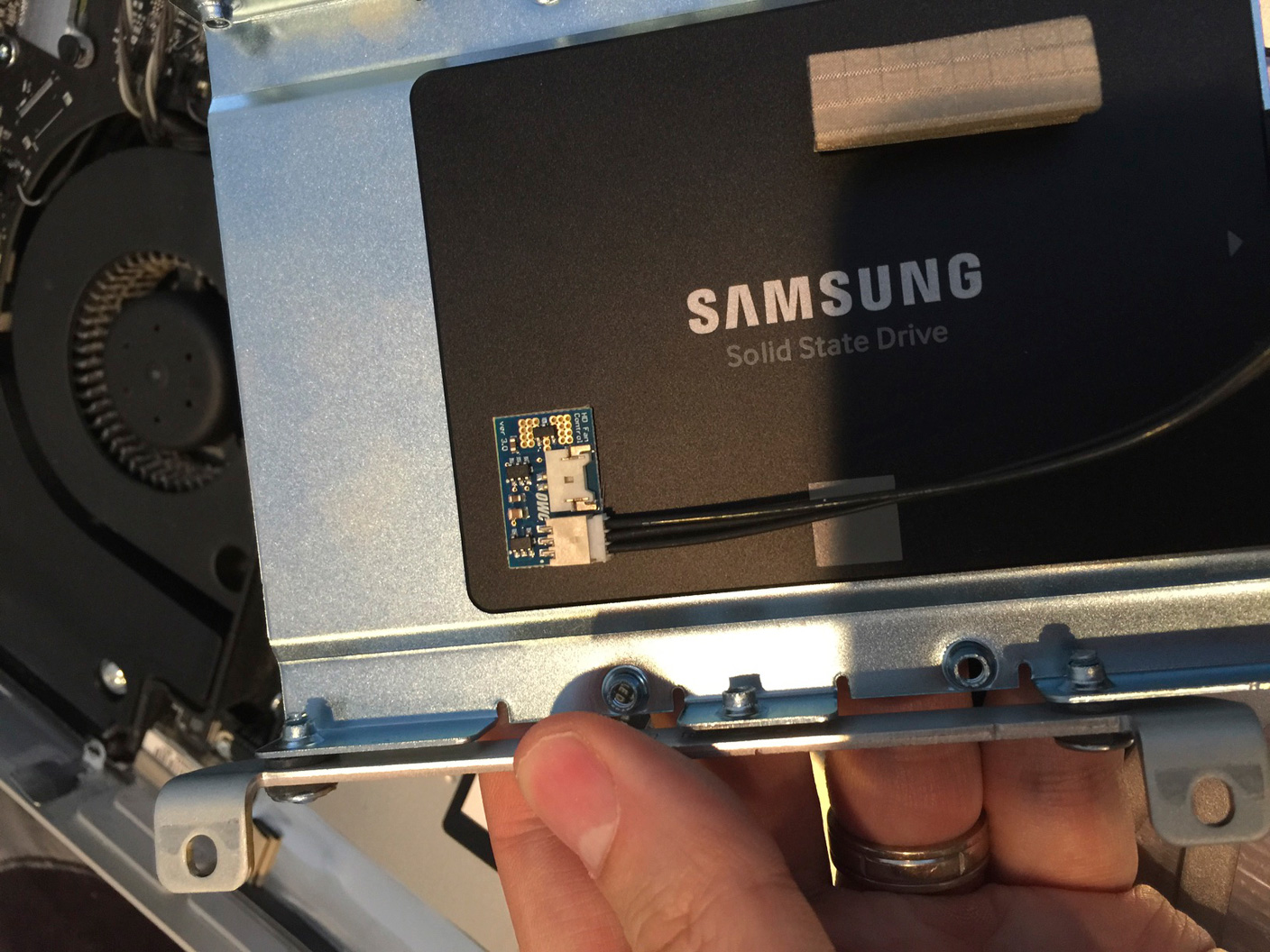
SSDs far outpace HDDs in this regard, with the latter producing average speeds of approximately 125 megabytes per second (MB/s). Read/write speedĪs the name suggests, the read/write speed of an SDD dictates how quickly it can manage data and execute tasks. If you plan to put multiple applications and games on your SSD, invest in a multi-terabyte model to take your machine’s speed and responsiveness to the next level.
/cdn.vox-cdn.com/uploads/chorus_image/image/62338196/vpavic_181115_3086_0042.0.jpg)
For instance, if all you want to do is to store your operating system on an SSD for improved performance, while using a hard disk drive for bulk storage, a smaller unit will do just fine. The amount of storage you need corresponds to what tasks you undertake frequently. Key considerations CapacityĬonsumer-grade internal solid-state drives typically store between 120 gigabytes (GB) and 4 terabytes (TB) of data, which is quite a large range. In these systems, the SSD can act as a cache for data stored on the HDD, keeping copies of frequently used files for quick access. It takes advantage of the SSD’s responsiveness and the HDD’s capacity for comparatively low cost. If you’re building a new rig from scratch, researching pre-built machines, simply looking to learn more about SSDs, or interested in some of our favorites, you’ve come to the right place.Ī hybrid drive includes the best of both worlds: a hard disk drive and a solid-state drive. This improves their longevity as well as read/write speeds compared to HDDs.

They store data in semiconductor cells somewhat similarly to a USB flash drive. That said, their moving parts can potentially fail, and that’s why some users have shifted toward a more refined, energy-efficient, quieter, and admittedly more expensive option called the solid-state drive (SSD). These systems are relatively inexpensive, allowing you to store massive amounts of data without breaking the bank. The classic example of this is the hard disk drive (HDD), which consists of a magnetic disk that spins inside your computer and is read by pins. Buying guide for best internal solid-state drivesĪny time you save a file, open a video, or play a game on your computer, you’re tapping into its internal storage system - drives that store and retrieve digital information.


 0 kommentar(er)
0 kommentar(er)
